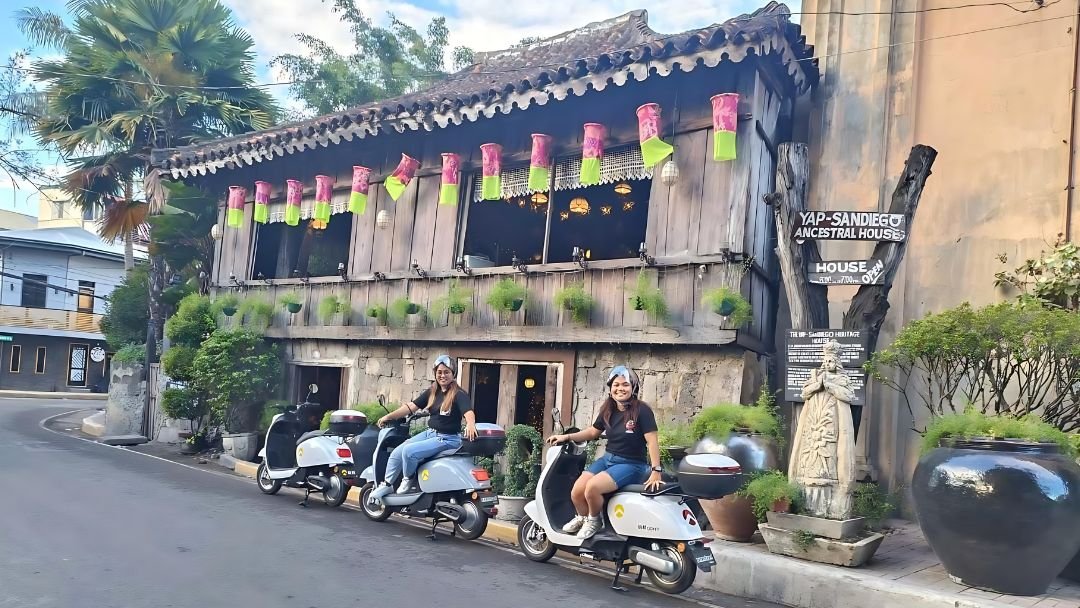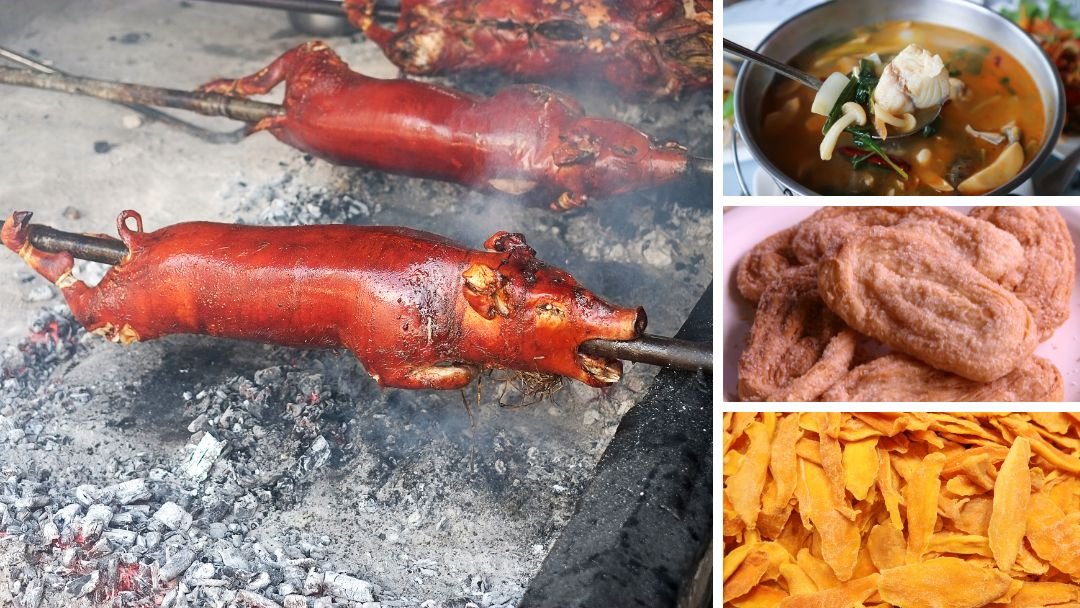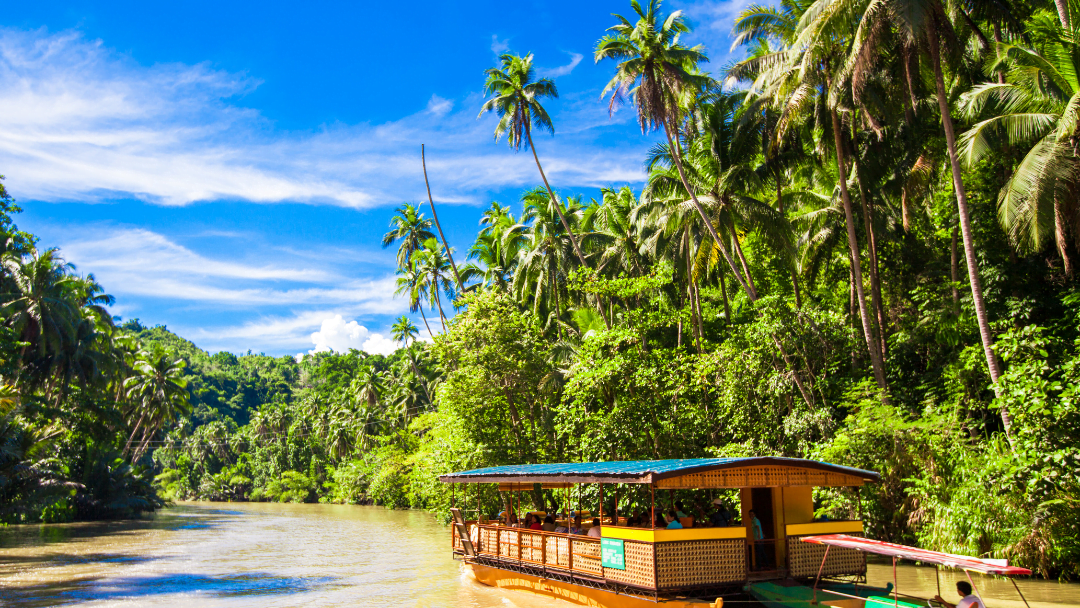Introduction
When it comes to exploring the Philippines, one cannot overlook the diverse and mouthwatering culinary delights that the country has to offer. The Philippines is a food lover’s paradise, boasting a rich tapestry of flavors, influenced by its unique history and cultural diversity. From street food to fine dining, the gastronomic experiences in the Philippines are as colorful as its landscapes. In this article, we’ll take you on a culinary journey through the archipelago, uncovering the delightful dishes and culinary traditions that make the Philippines a must-visit destination for food enthusiasts.
1. The Melting Pot of Flavors: A Culinary Introduction
In this section, we’ll delve into the history of Filipino cuisine, highlighting its fusion of indigenous, Spanish, Chinese, and American influences. The blending of various culinary techniques and ingredients has led to a harmonious marriage of flavors that excite the palate.
2. Unveiling the Gems: Iconic Filipino Dishes
No culinary exploration of the Philippines is complete without savoring its iconic dishes. From the world-renowned adobo, a savory and tangy stew, to the delectable lechon, a succulent roasted pig, each dish has a unique story to tell. We’ll take a closer look at the ingredients and preparation methods that make these dishes so special.
3. A Feast for the Senses: Street Food Galore
Filipino street food is a treat for adventurous eaters. From the famous balut (developing duck embryo) to the mouthwatering isaw (grilled chicken intestines), the vibrant street food scene offers an explosion of flavors that are sure to delight your taste buds.
4. From Farm to Table: Exploring Local Markets
Visiting local markets is an excellent way to understand the connection between Filipino cuisine and its agricultural roots. In this section, we’ll take you on a tour of the bustling markets in Bohol, Cebu, Dumaguete, and Iloilo, where you can sample fresh produce and interact with friendly vendors.
5. The Art of Kamayan: Eating with Your Hands
Kamayan, the traditional Filipino way of eating with hands, is an experience that shouldn’t be missed. We’ll explore the cultural significance of kamayan and guide you on how to partake in this communal feast.
6. Sweet Endings: Filipino Desserts
Filipinos have a sweet tooth, and their desserts are a testament to this fact. From the creamy leche flan to the refreshing halo-halo, a medley of shaved ice and fruits, the array of desserts will leave you wanting more.
7. Culinary Adventures: Cooking Classes and Food Tours
Immerse yourself in Filipino culture by taking part in cooking classes and food tours. Learn the art of preparing adobo, sinigang, and other Filipino dishes from seasoned chefs, and embark on culinary adventures that will create lasting memories.
8. Local Beverages: Beyond the Halo-Halo
Filipinos have a diverse array of beverages to complement their meals. We’ll introduce you to popular drinks like buko juice, calamansi juice, and the iconic San Miguel beer, which perfectly pair with Filipino cuisine.
9. Sustainable Dining: Embracing Eco-Friendly Practices
In this section, we’ll highlight the efforts of restaurants and food establishments in Bohol, Cebu, Dumaguete, and Iloilo to promote sustainable dining. From farm-to-table concepts to reducing single-use plastics, these initiatives are helping protect the environment while savoring flavors.
10. Dining with a View: Restaurants with Stunning Vistas
The Philippines offers a plethora of dining options with breathtaking views of its natural beauty. From seaside restaurants overlooking pristine beaches to mountaintop eateries with scenic vistas, we’ll guide you to the best spots for a memorable dining experience.
Conclusion
The culinary journey through the Philippines is a celebration of flavors and traditions that will leave a lasting impression on any food enthusiast. Whether you’re enjoying the humble street food or indulging in fine dining, the Philippines offers a gastronomic adventure like no other. So, pack your bags and prepare your taste buds for an unforgettable experience of savoring the flavors of the Philippines.
What is the national dish of the Philippines?
The national dish of the Philippines is adobo, a flavorful stew made with meat, vinegar, soy sauce, garlic, and various spices.
Is Filipino street food safe to eat?
Yes, Filipino street food is generally safe to eat, but it’s essential to choose vendors with good hygiene practices and a steady flow of customers.
What is the significance of lechon in Filipino culture?
Lechon holds cultural importance in Filipino celebrations and gatherings, symbolizing hospitality and abundance.










